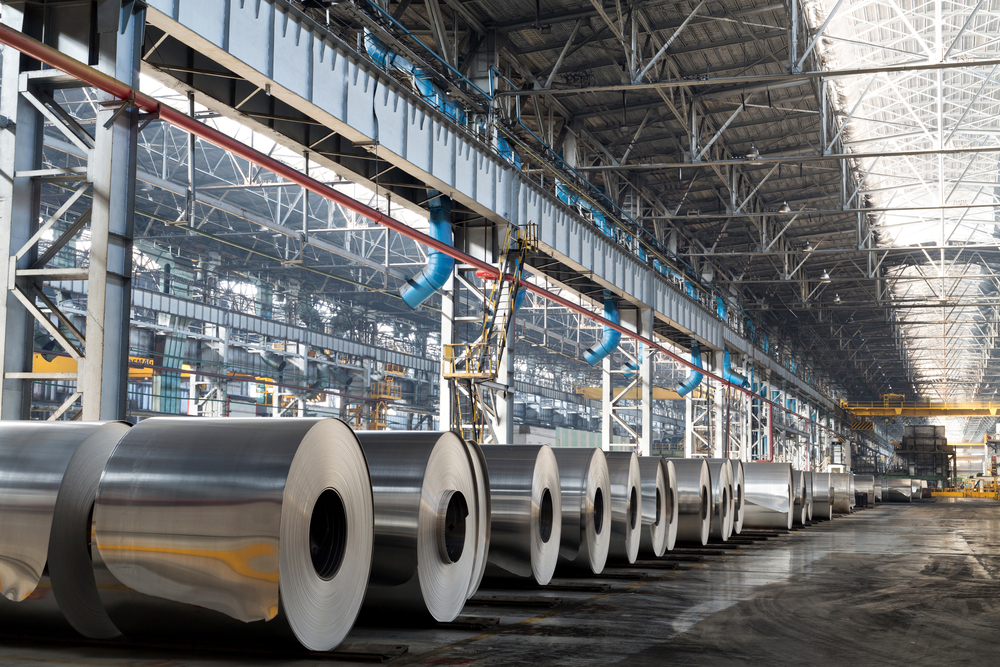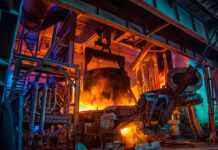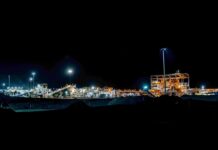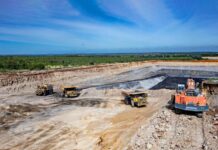$2b green aluminium scheme open for consultation

The Federal Government has opened consultation for the design of its green aluminium production credit scheme to advance product decarbonisation.
Part of the Federal Government’s Future Made in Australia agenda, the credit scheme is designed to help Australia secure a competitive edge in the global clean energy economy by providing local smelters the confidence to invest in the transition to renewable energy use.
Facilities will be eligible for support for every tonne of clean, reliable, Australian-made aluminium they make over a period of up to 10 years or to 2044, whichever comes first.
Federal Industry and Innovation Minister Tim Ayres says Australia’s aluminium smelters have long been the backbone of our manufacturing sector.
“Demand for aluminium, because of its wide range of uses including for the infrastructure necessary for the energy transition — both at home and with our trading partners — is set to grow strongly in the decades ahead,” he said.
“With the right stable policy settings and incentives, abundant renewable energy and rich mineral resources, Australia has what it takes to lead the world in aluminium production made using renewable energy.”
Used across construction, defence, transport and electronics, as well as in clean energy infrastructure like solar panels, wind turbines and transmission lines, aluminium is central to both Australia’s industrial strength and the clean energy transition.
Australia is currently the sixth largest producer of aluminium and its production contributes about 4% of Australia’s total greenhouse gas emissions, according to the Federal Government
Australian Aluminium Council chief executive Marghanita Johnson says competitive energy is the critical foundation that enables Australian businesses to compete internationally.
“Australia is one of the few countries globally with the full aluminium value chain —bauxite mining, alumina refining, aluminium smelting and extrusion — all undertaken domestically,” she said.
Australia’s aluminium industry has long faced challenges, such as rising energy, labour and capital costs, in parallel with protracted regulatory processes. The integrated nature of the aluminium value chain in Australia means that efficient and effective regulatory processes for each step are critically important to the ongoing operation of the overall system.
“This policy supports not just resource extraction but also the transformation of those resources into high value finished products, creating more than 75,000 direct and indirect jobs, predominantly in regional Australia,” Ms Johnson said.
“The natural advantages of our mineral reserves, energy resources and highly skilled workforce can give us a competitive edge, but only if supported by the right policy frameworks, over the right timeframe”
Consultation on the design of the production credit will close on October 30 2025.













